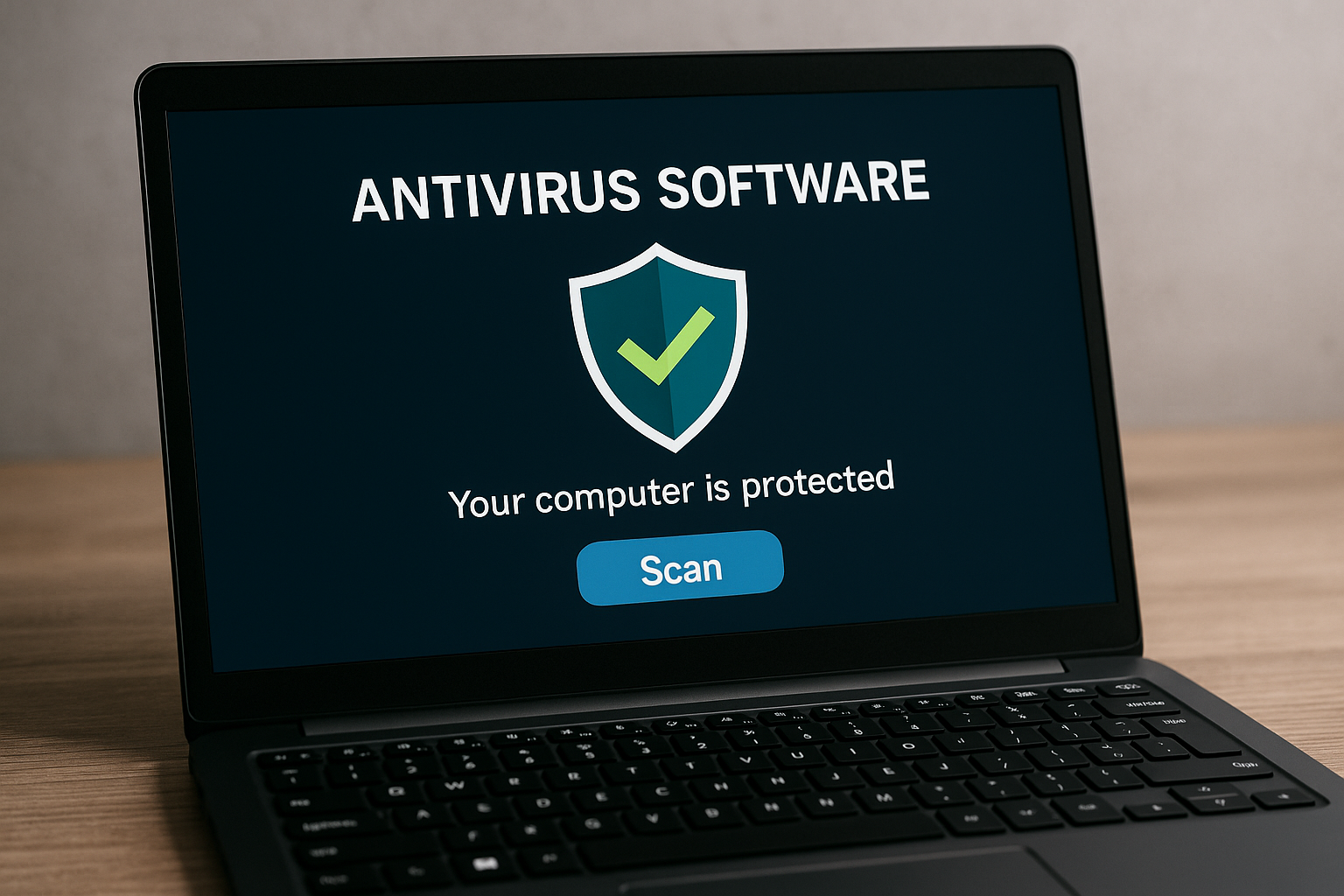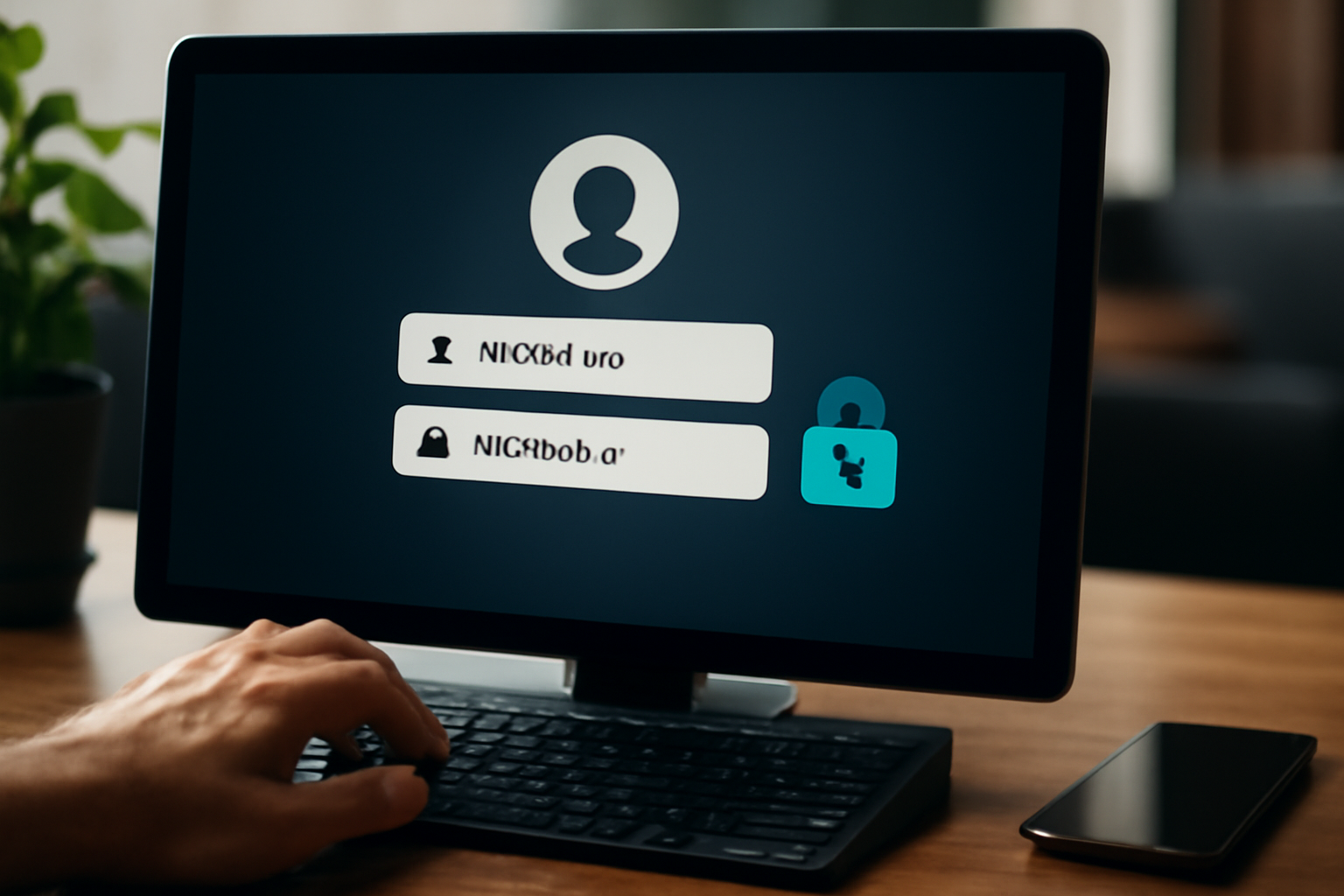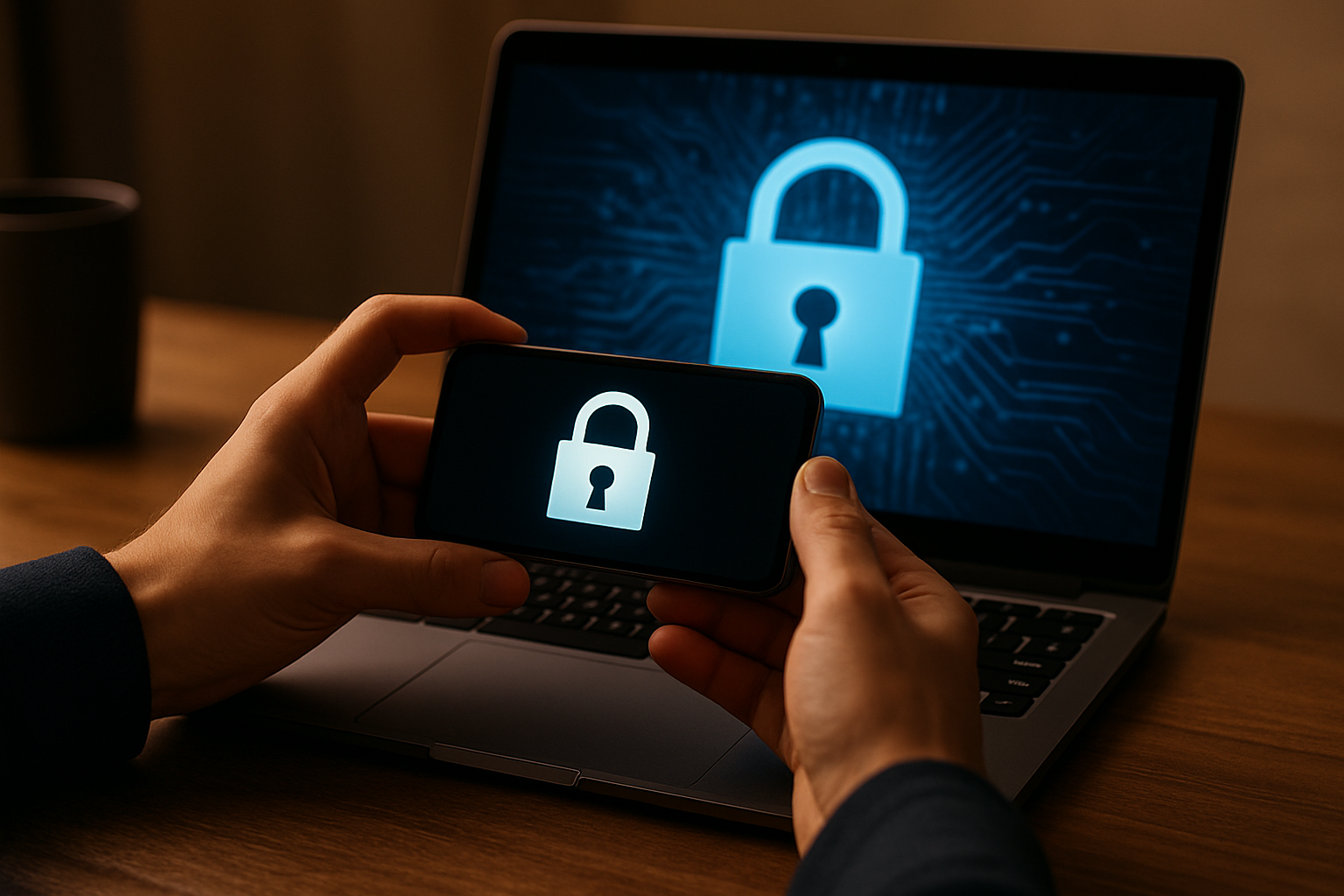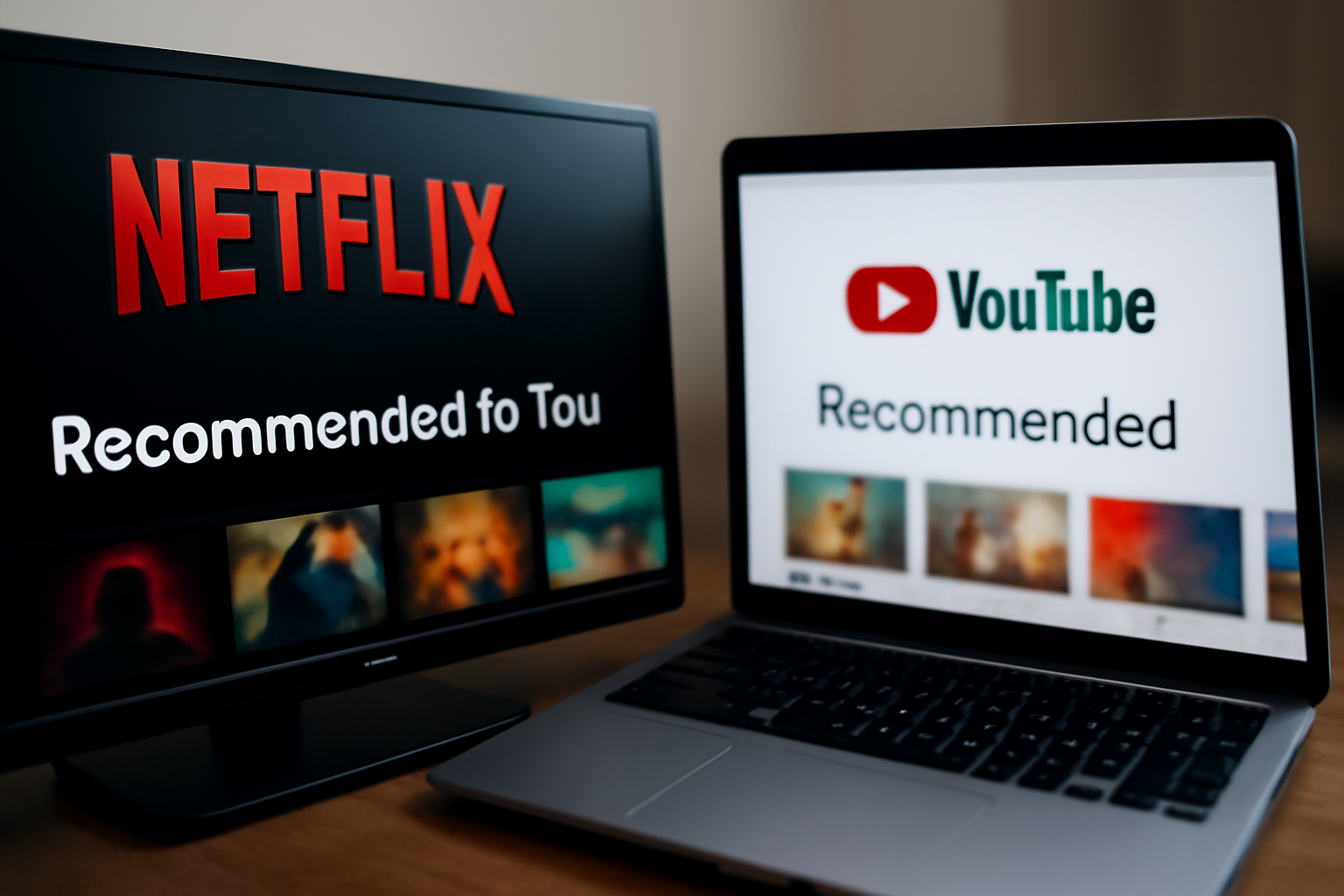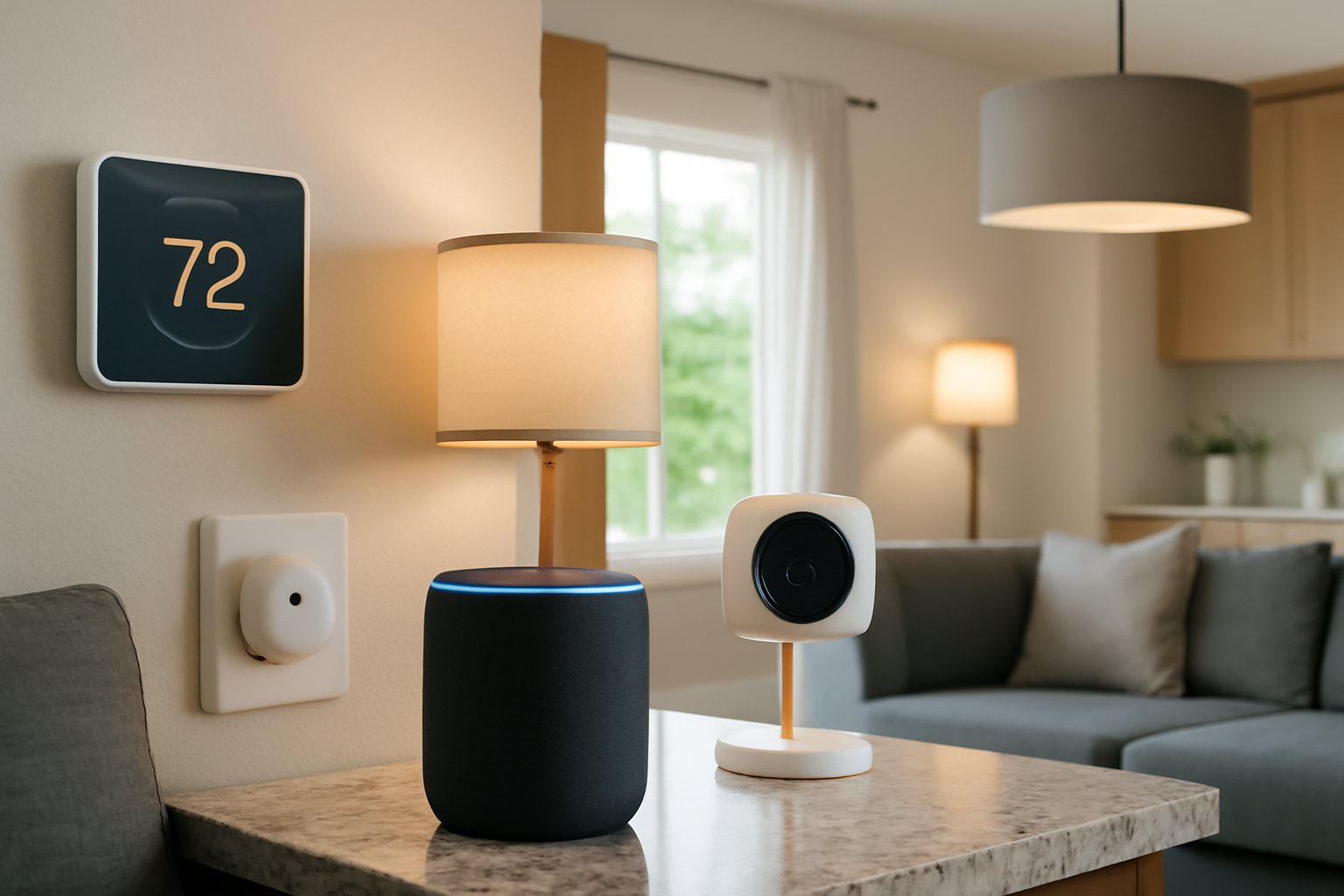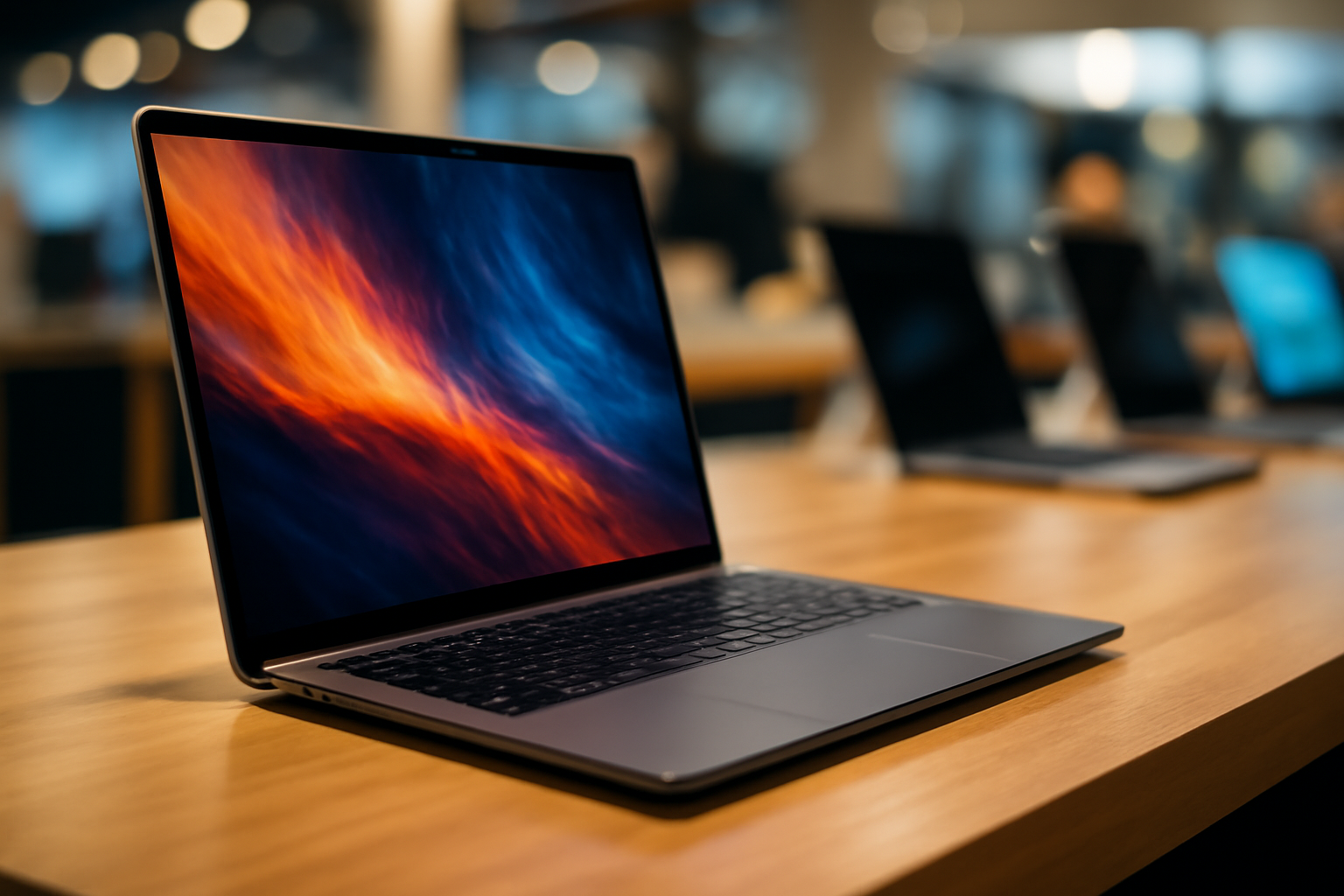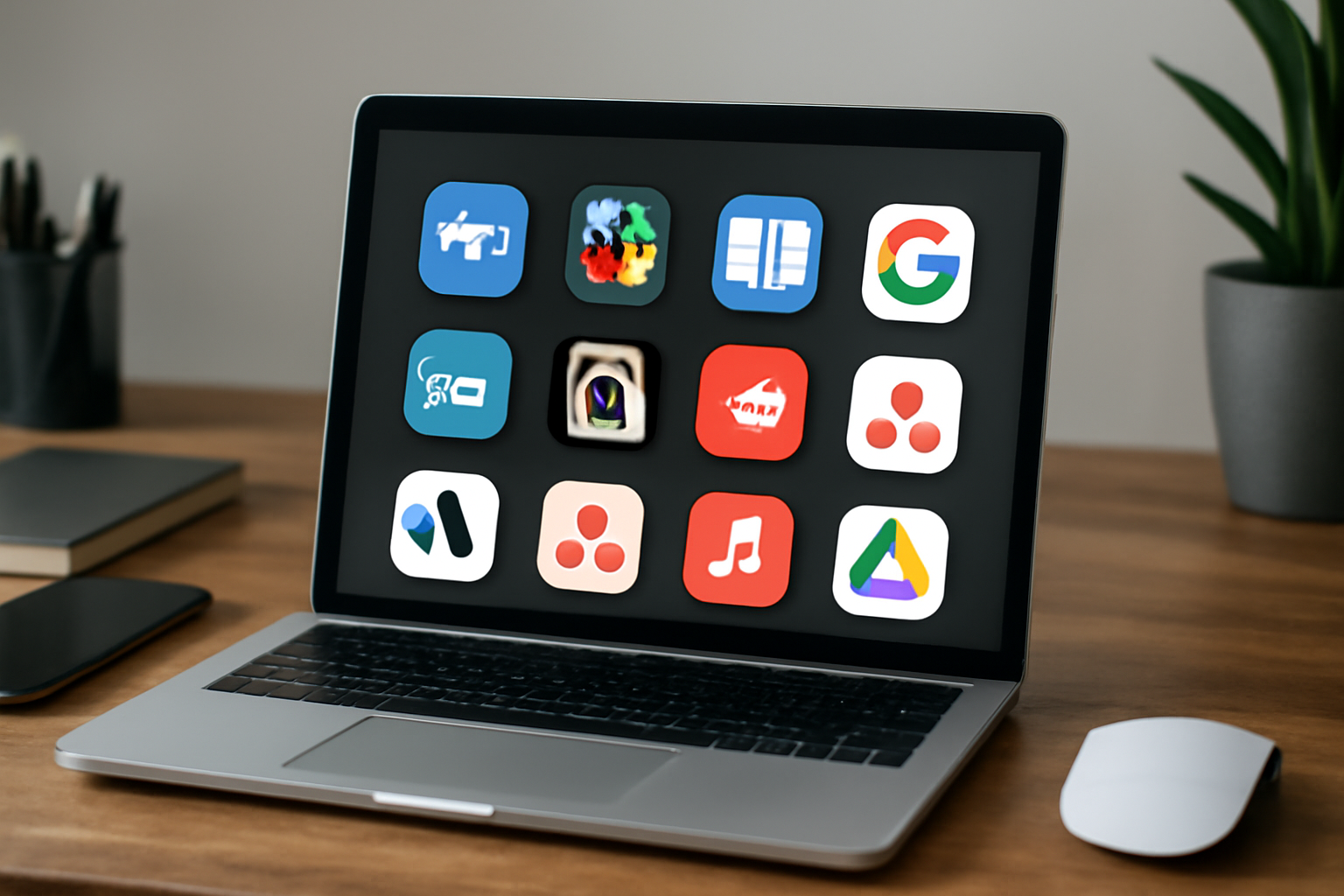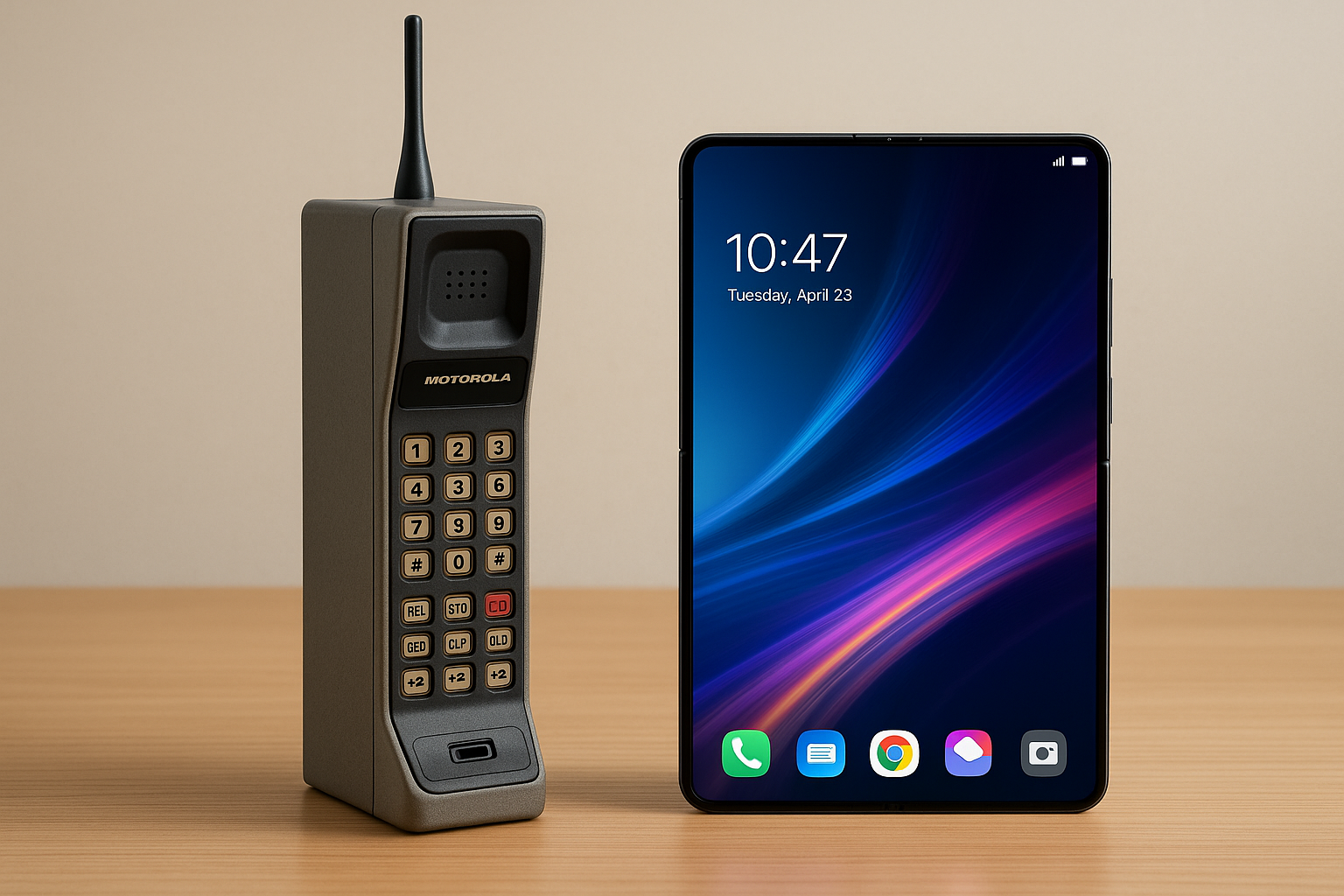In today’s fast-paced world, technology has become deeply integrated into nearly every aspect of our daily lives. From checking social media notifications to attending virtual meetings, we are constantly surrounded by digital screens. While technology offers incredible convenience and connectivity, excessive digital exposure can pose serious risks to our physical and mental well-being.
In this article, we will explore the various risks associated with excessive screen time, from the impact on mental health to the physical strain on our bodies. We will also discuss strategies for reducing digital exposure, and how to strike a balance between embracing technology and protecting our overall health.
1. Understanding Digital Exposure and Screen Time
1.1 What Is Digital Exposure?
Digital exposure refers to the time spent interacting with digital devices, including smartphones, computers, tablets, and television. Whether it’s browsing social media, playing video games, working on a laptop, or watching TV shows, the amount of time we spend in front of screens has been steadily increasing.
In 2025, it’s estimated that the average person spends around 7-10 hours per day interacting with some form of screen, whether for work, entertainment, or social interactions. While technology offers many benefits, such as improving productivity and providing instant access to information, it also creates a dependency that can negatively affect our lives.
1.2 Why Is Digital Exposure So Common?
The pervasive nature of technology in modern society is one reason for the increasing amount of digital exposure. From online work environments to digital entertainment and social media platforms, we are constantly drawn to our screens. Additionally, the rise of remote work and virtual education has further contributed to the amount of time we spend on digital devices.
While this digital immersion can offer convenience, it can also create a situation where we are rarely disconnected from the digital world, leading to several health risks.
2. The Physical Risks of Excessive Digital Exposure
2.1 Eye Strain and Digital Eye Syndrome
One of the most common physical effects of excessive digital exposure is eye strain, often referred to as Digital Eye Syndrome (DES) or Computer Vision Syndrome (CVS). Spending long hours staring at screens can lead to dry eyes, blurry vision, headaches, and difficulty focusing. This occurs because our eyes struggle to maintain focus on the screen, especially when we blink less frequently.
- Symptoms of Digital Eye Syndrome include:
- Dry eyes and irritation
- Blurry or double vision
- Headaches or migraines
- Neck, shoulder, and back pain due to poor posture
- Difficulty focusing
While these symptoms are usually temporary, they can become chronic if not addressed. In more severe cases, prolonged eye strain may even contribute to long-term vision issues, requiring corrective lenses or other treatments.
How to prevent DES:
- The 20-20-20 rule: Every 20 minutes, take a 20-second break and look at something 20 feet away to reduce eye strain.
- Proper lighting: Ensure your workspace is well-lit, and adjust screen brightness to match ambient light.
- Screen filters: Use anti-glare filters on your device to reduce screen reflections.
2.2 Physical Discomfort: “Tech Neck” and Poor Posture
Prolonged time spent hunched over digital devices can lead to musculoskeletal issues, including tech neck, a condition characterized by neck pain and stiffness caused by poor posture while using smartphones, laptops, or other handheld devices.
Excessive use of devices can also lead to back and shoulder pain, as well as repetitive stress injuries like carpal tunnel syndrome from prolonged typing or tapping on screens. These physical ailments can severely impact daily functioning, making it difficult to maintain normal activities without discomfort.
Prevention Tips:
- Ergonomic setups: Set up your workstation with your screen at eye level and your chair supporting proper posture.
- Frequent breaks: Stand up, stretch, and walk around every 30 minutes to prevent strain on your muscles and joints.
- Posture correction: Maintain a neutral neck position, keeping your device at eye level to avoid straining your neck.
2.3 Sleep Disruption
Excessive screen time, particularly before bedtime, can disrupt our sleep patterns. The blue light emitted by screens interferes with the production of melatonin, a hormone that regulates our sleep-wake cycle. This leads to difficulties falling asleep, staying asleep, and achieving restful sleep.
- Sleep studies have shown:
- Increased screen time, especially in the evening, is associated with lower sleep quality.
- Excessive exposure to screens before bed can lead to insomnia and poorer cognitive performance the following day.
How to Improve Sleep Quality:
- Limit screen time for at least an hour before bed.
- Night mode features: Many devices now come with blue light reduction settings that help mitigate sleep disruptions.
- Create a relaxing bedtime routine: Avoid stimulating activities like browsing the internet or gaming before sleep. Opt for reading a book or practicing relaxation techniques.
3. The Psychological Risks of Excessive Digital Exposure
3.1 Increased Stress and Anxiety
Constant exposure to digital media, particularly social media, can significantly increase levels of stress and anxiety. Social media platforms, with their constant updates, notifications, and comparison-driven culture, can foster feelings of inadequacy, FOMO (Fear of Missing Out), and stress.
The dopamine-driven nature of social media apps encourages compulsive checking, leading to a constant cycle of reward-seeking behavior that can become mentally exhausting over time.
- Studies have shown that excessive social media use is correlated with increased feelings of isolation, anxiety, and depression, especially among teenagers and young adults.
How to Reduce Digital Stress:
- Set boundaries: Limit your time on social media and avoid checking it during stressful moments.
- Mindful usage: Use apps that encourage mindfulness and self-reflection rather than comparison.
- Digital detox: Designate specific times to disconnect from screens, such as during meals or before bedtime.
3.2 Decreased Attention Span
Excessive screen time can have a profound impact on attention span and cognitive function. Constant notifications, multitasking, and rapid information consumption via digital media can cause difficulties in focusing on a single task for extended periods of time.
Many individuals experience digital distraction, where they find it challenging to engage in deep, focused work or maintain sustained attention due to the constant influx of information and interruptions from digital devices.
Ways to Improve Focus:
- Turn off unnecessary notifications to reduce distractions.
- Practice focused work: Use techniques like the Pomodoro method, which involves working in short, focused bursts with breaks in between.
- Engage in offline activities that don’t involve screens, like reading a book or going for a walk.
3.3 Addiction to Digital Devices
A growing concern is the addiction to digital devices, especially smartphones. Digital addiction can manifest as a compulsive need to check devices repeatedly, leading to a constant connection to the virtual world. This can have negative consequences on relationships, productivity, and personal well-being.
The impact of digital addiction extends to areas like sleep deprivation, reduced social interaction, and declining mental health, with many individuals feeling overwhelmed by their constant need to stay connected.
How to Overcome Digital Addiction:
- Set digital boundaries: Schedule tech-free time each day, such as during meals or weekends.
- Engage in face-to-face interactions: Make a conscious effort to engage with people in real life rather than through screens.
- Seek professional help if necessary, such as counseling or therapy for digital addiction.
4. How to Reduce Digital Exposure: Practical Strategies
4.1 Implementing Digital Minimalism
One effective way to reduce the negative impacts of excessive screen time is to adopt the philosophy of digital minimalism. This approach encourages individuals to intentionally choose which digital tools and platforms add value to their lives and eliminate those that don’t.
Steps to Embrace Digital Minimalism:
- Declutter your digital life: Unsubscribe from unnecessary email lists, delete unused apps, and organize your files.
- Limit social media: Use social media platforms intentionally, setting time limits to avoid mindless scrolling.
- Designate tech-free zones: Create spaces in your home, such as the bedroom or dining area, where digital devices are not allowed.
4.2 Prioritizing Face-to-Face Interactions
Spending more time interacting with others in person is crucial for reducing the negative effects of excessive digital exposure. Face-to-face interactions help foster genuine connections, improve mental health, and reduce feelings of isolation.
Tips for More Face-to-Face Time:
- Schedule in-person meetings: Whether for work or social activities, prioritize face-to-face interactions over virtual ones when possible.
- Practice active listening: Engage in meaningful conversations, avoiding distractions like phones or computers.
4.3 Digital Detox: Take a Break
A digital detox involves intentionally stepping away from digital devices for a set period of time. This could be for a day, a weekend, or even longer. By disconnecting from the digital world, you give your mind a chance to reset and rejuvenate.
How to Do a Digital Detox:
- Set clear boundaries: Decide how long you will stay offline and what activities you will do instead.
- Engage in offline hobbies: Use this time to read, exercise, or enjoy nature without digital distractions.
5. Conclusion: Finding Balance in a Digital World
While technology has brought countless benefits, it’s essential to recognize the risks associated with excessive digital exposure. From physical issues like eye strain to psychological impacts such as anxiety and addiction, too much screen time can have serious consequences.
By adopting practical strategies like digital minimalism, prioritizing face-to-face interactions, and setting clear boundaries with technology, we can find a healthier balance between our digital and offline lives. Embracing technology’s benefits while being mindful of its potential risks will help ensure that we don’t let it overpower our physical, mental, and emotional well-being.






